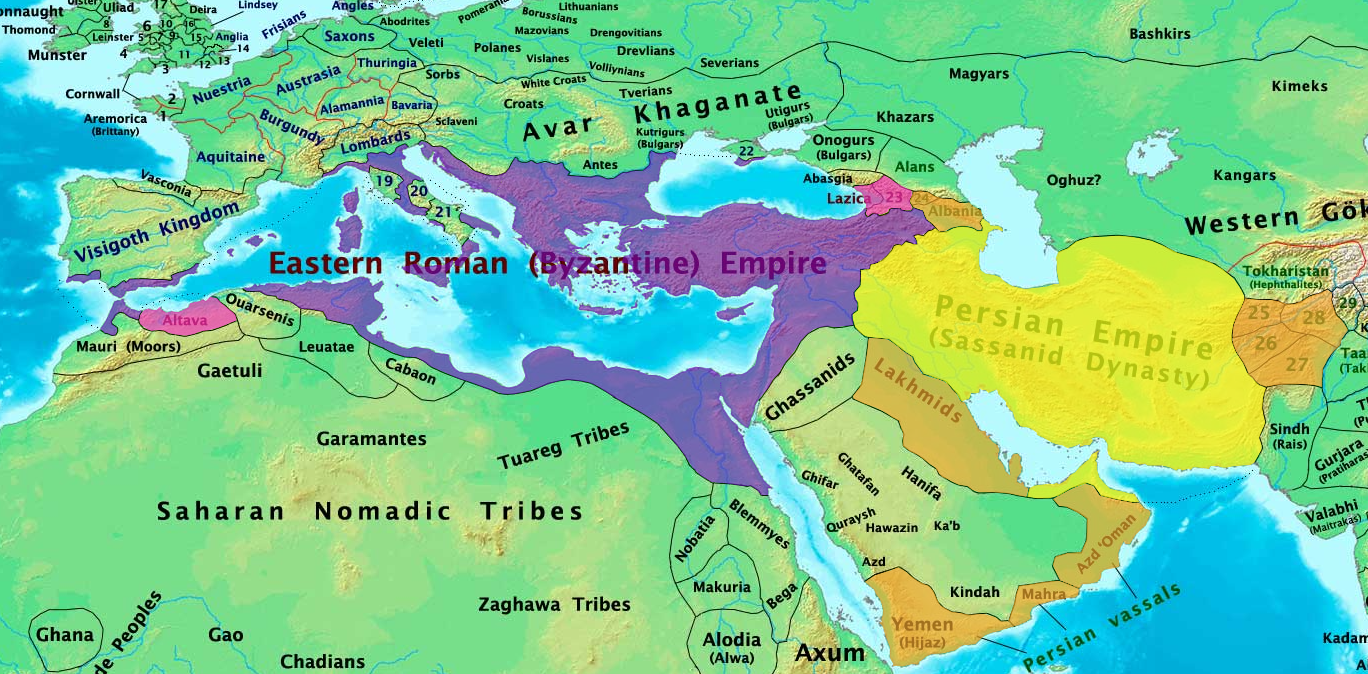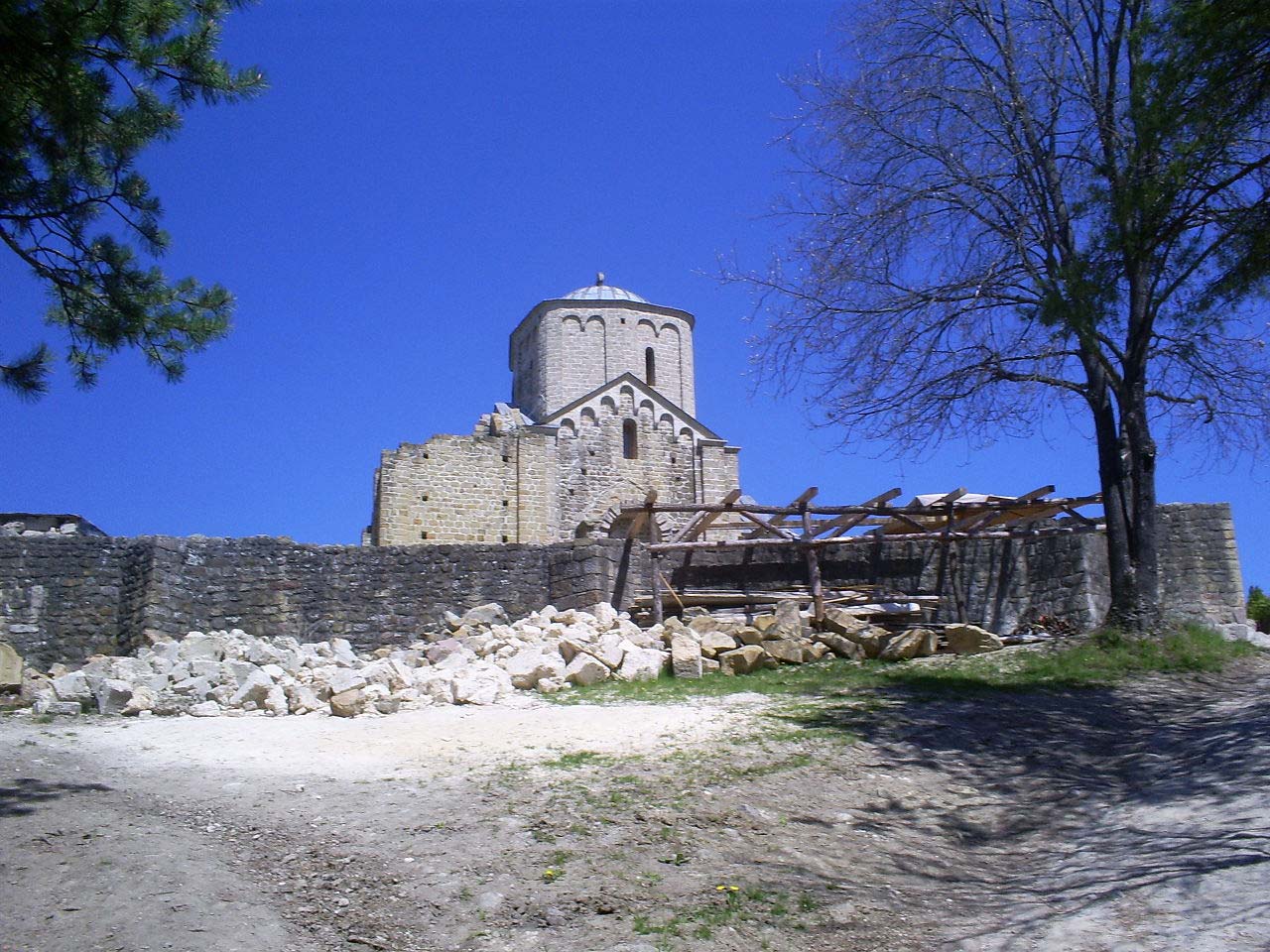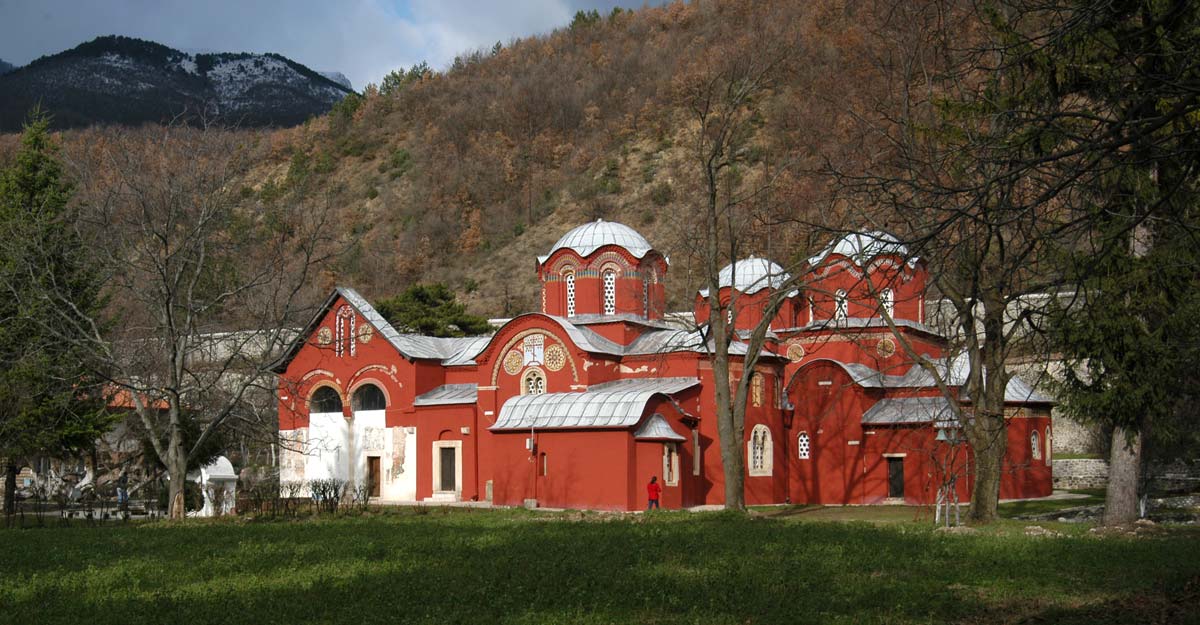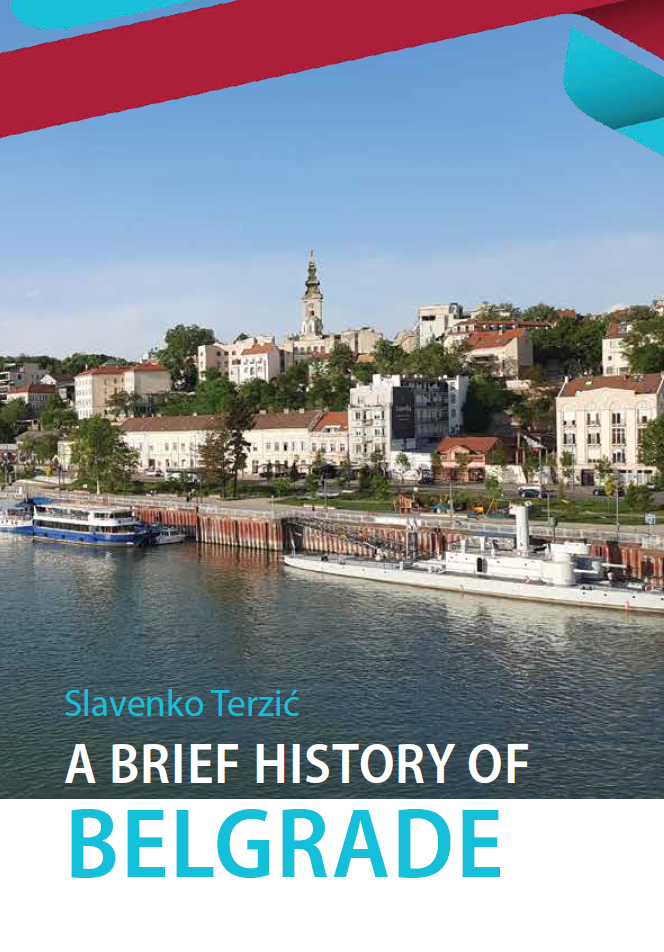Serbian architecture through history
In the sixth, and mostly during the seventh century, the Slavs inhabited the territory of the Balkan Peninsula. The largest migrations of Slavic tribes took place after a series of wars between the Sasidian Empire (ie Persia) and the Avar Cataganate against Byzantium (ie the Eastern Roman Empire).
Insufficiently organized Slavs settled in the former settlements, using the already existing infrastructure. Architecture flourished in this area, and thus Serbian architecture came during the Middle Ages, and mostly in the 12th, 13th, and 14th centuries. It is our new journey through time that starts from the medieval Serbian state, which is the beginning of a series of texts on the development of Serbian architecture.
Medieval Serbian architecture
During the period of the early Middle Ages and the settlement of the Balkans, the Slavs were marked by constant conflicts with the neighboring tribes of the Avars, Gepids, and Eastern Goths. Peace in the area lasted for a century, during the ninth century. The most important areas for Serbs are Zeta and Raska. At the beginning of the tenth century, the Bulgarians under Simen's leadership conquered the entire territory of the Balkans, and in the middle of the century, the Zeta state was liberated under the leadership of Prince Caslav.
The economy of the Serbs at that time was primitive, relying mainly on cattle breeding and agriculture. Culture and art were also not at a high level, the Slavs themselves assimilated into the Byzantine Empire, which was more advanced in every field (both economically and culturally). In 874, the Slavs accepted Christianity, which would later turn out to be important for the development of culture, architecture, and architecture.

source: Getoryk - CC BY-SA 3.0, https://commons.wikimedia.org/w/index.php?curid=15572039
It is the clergy who help the feudal lords to consolidate their power, and the nobles are indebted to them, helping to build religious buildings (the rulers became the founders of monasteries and churches). An important moment for the development of Serbian architecture and art is certainly the renewal of the Raska state, which, relying on Byzantium, is fighting against Hungary.
As it was said, the buildings that were being built at that time were of a sacral and religious character. The buildings are built of stone and certain stylistic concepts stand out clearly. The buildings are mostly of smaller dimensions, and a primitive technique of construction in crushed stone is used. Religious buildings as the most important were built in three styles:
1) Single-nave churches with a rectangular base with a tower on the west side (with a wooden structure)
2) Three-nave basilicas with a rectangular base and a wooden tower construction on the west side
3) Single-nave churches with vaulted construction with or without domes
Typical examples of such construction can be seen in the church of St. Tome in the Bay of Kotor, ie in the church of St. Michael in Ston.
Development of Serbian architecture under the rule of Nemanjić dinasty
The development of the Raska state in the first years was largely determined by the influence of the great powers in the region. Raska had to bow to both the East and the West, depending on the situation. In that way, conditions were slowly created for the formation of a stable policy, as well as for the development of culture and art in this area.
Under the influence of Byzantium (Eastern Roman Empire), the "Raska School of Architecture" also developed to a great extent. A typical representative of the Raska school of architecture is Đurđevi stupovi, a monastery built-in 1171. Four years later, the church was painted, and the signature of the founder Stefan Nemanja is on the site.

Аутор: Jovanvb - Сопствено дело, CC BY 2.5, https://commons.wikimedia.org/w/index.php?curid=1956739
The Raska school had a dominant position in Serbian architecture in the period from the middle of the twelfth to the very end of the thirteenth century. The Raska style of architecture was very original, and the reach of Serbian architects of that time was reflected in the fact that due to its specificity, it was later recognized as a special style in sacral architecture, not only in this area but also around the world.

source: Pavle Marjanović - Institute for the Protection of Cultural Monuments of Serbia, CC BY-SA 3.0, https://commons.wikimedia.org/w/index.php?curid=75292468
The first churches from the Nemanjić period were built, following the example of the Eastern models with Romanesque exterior decoration (churches such as could be found in Byzantium, but also in the West). These are mostly single-nave buildings and most were built during the reign of King Milutin (1282 to 1321). Until the end of medieval independence, the endowments of Stefan Nemanja and his heirs were built.
The most significant architectural achievements from this period are:
• Mileseva
• Žiča
• Morača
• Spoćani
• Temple of the Holy Apostles, better known as the Patriarchate of Peja.
Be with us next week when we continue our story about the development of architecture in this area.













